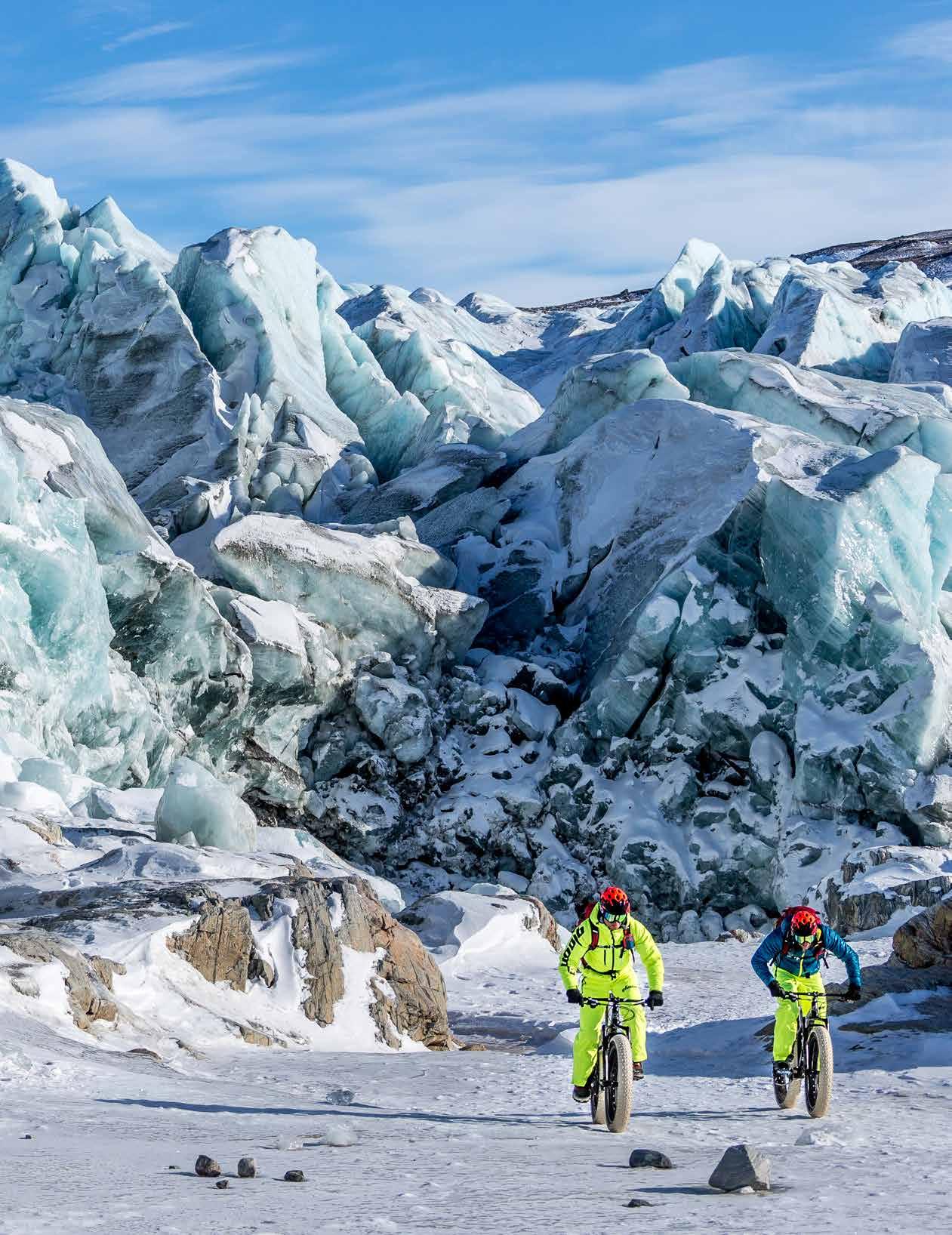Borneo’s mysterious Mount Kinabalu
1
CLIMBERS GET TO THE TOP AT SUNRISE, BUT IT’S NOT EASY By Bruce Sach Photos: Carole Jobin
I spent years planning my climb up Malaysia’s Mount Kinabalu. Truth be told, I first heard of the sacred mountain when it was part of British Borneo and Malaysia was still known as Malaya. Full disclosure – yeah, I used to collect stamps. Fast forward more years than I care to disclose, and this storied, somewhat mysterious island is now shared by three nations – Brunei, Indonesia and Malaysia – and orangutans, proboscis monkeys, dwarf rhinos and tribes of former headhunters. It’s so far away from peninsular Malaysia (2½ hours by air) that they check your passport when you get to Malaysian Borneo, as though you were arriving in a new land. Before arriving in Borneo (the third largest island in the world), I didn’t know anyone who had been to the top of Kinabalu, Southeast Asia’s tallest mountain at 4,095 metres. I knew the local Kadazan and Dusan people see it as the resting place of their ancestors. I’d heard of strange traditions, like sleeping indoors with the lights on at the foot of the mountain. Others spoke of insects the size of small birds, and of insect-eating plants. I was intrigued, to say the least. My wife and I finally made it to the top just after sunrise a few days later. We looked out over the jungles of Borneo spread out far beneath us, proud, totally focused on what we
2
www.ottawaoutdoors.ca
had done, exhausted after two days of climbing, and not a little cold. Visitors tackle the climb over two days, intent to get up in the wee hours of the morning, hoping to see the Bornean state of Sabah as part of the sunrise treat. One image that occurred at four in the morning still lingers. Huffing and puffing in the dark, we stopped to look up the mountain and saw tiny lights an impossible distance away. Like minute fireflies in the black night, an army of fellow climbers seemed to beckon us to climb on, like a procession of monks, quietly making their way to the top. Carole and I stopped for water and then, flashlight in one hand, and clenching the guide rope in the other, set off again. The rope is there because most climbers do this stretch in pitch dark. This kind of experience remains vividly in memory. And although no one calls me thunder thighs anymore, my quads are permanently enhanced thanks mainly to the brutal descent. All climbers must hire a guide – guides know the way, will pace you, and for a small fee, will act as a porter. Our guide Sapinus was reassuring as we climbed and absolutely essential as we descended. Besides his climbing skills, he knew the local plant life, some of which is endemic to the mountain. He pointed out balsam, rattan,
jungle bananas, giant moss, wild begonias, rose berries and necklace orchids. We encountered everything from jungle vegetation to a forest draped with Spanish moss and old man’s beard lichen. Two-thirds the way up, in an area called Sayat-Sayat in the local Dusan language, there were ancient trees with twisted limbs, a perfect spot to film a horror movie. Sapinus said there were thousands of different orchids in the park and over two dozen different kinds of rhododendron. Off the path, he showed us three kinds of wildly exotic pitcher plants. Near the end of the second afternoon, we arrived at Laban Rata Lodge for the night. Our tiny room with a simple heater was a refuge from the cold, the communal television and the loud talk and shouting matches of other trekkers. As arranged, we were awakened at 2:30 a.m. by our guides. Continuing our ascent in the dark, we focused on making the next step one at a time without slipping. We stopped to adjust coats, toques and gloves. It got cooler and cooler, the winds increasing as we climbed. Some trekkers stopped often, trying to catch their breath or numbed by the cold. As morning broke we were shivering on a strikingly bizarre plateau about 700 metres from the summit. Behind and below us, the port of Kota Kinabalu and the China Sea were off in the distance. All Sabah lay at our feet for just a few minutes before clouds moved in to conceal the grand spectacle. Eventually we edged our way back down to Laban Rata Lodge for breakfast, marvelling at how we had negotiated the steep and tricky terrain in darkness. The walk down is harder than the climb up. Just when our legs started to disobey our brains, our guide read our minds and asked, “Legs turning to jelly?” Back at the park entrance our reward was a climber’s certificate, with much more meaning than the self-esteem equivalents from summer camp. We happily checked into the Poring Hot Springs to give our bodies a little TLC and ottawaoutdoors I 29


















